Piriformis syndrome is a condition characterized by the compression or irritation of the sciatic nerve due to the tightness or inflammation of the piriformis muscle. It can cause pain, tingling, and numbness in the buttocks and legs, significantly impacting an individual’s daily life. Understanding the recovery time for piriformis syndrome is crucial in managing expectations and developing an effective treatment plan.
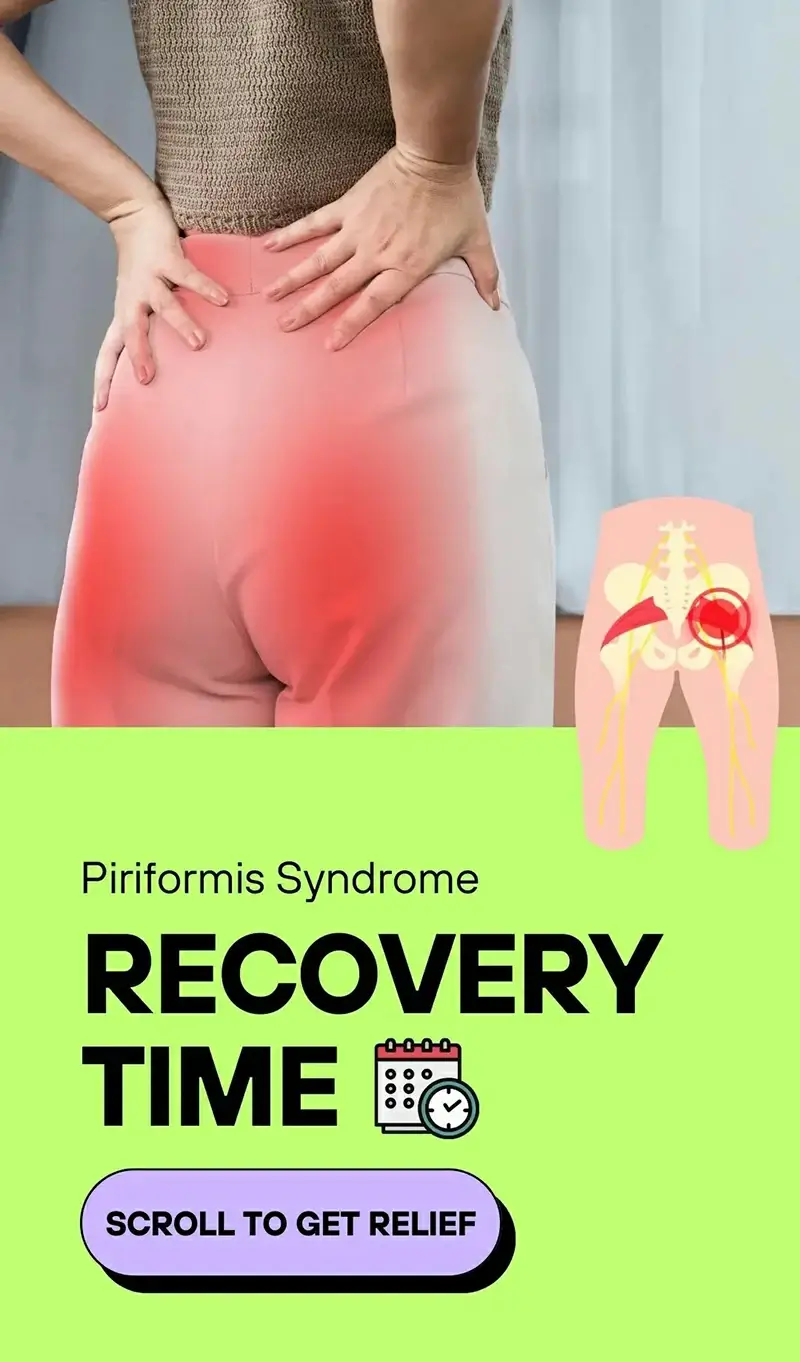
What is Piriformis Syndrome?
Piriformis syndrome can be caused by various factors, including overuse, muscle imbalances, injury, or prolonged sitting. The piriformis muscle, located in the buttocks, plays a vital role in hip movement and stability. When it becomes tight or inflamed, it can compress the sciatic nerve, resulting in the characteristic piriformis injury symptoms. Diagnosis is often made through a physical examination and ruling out other possible conditions.
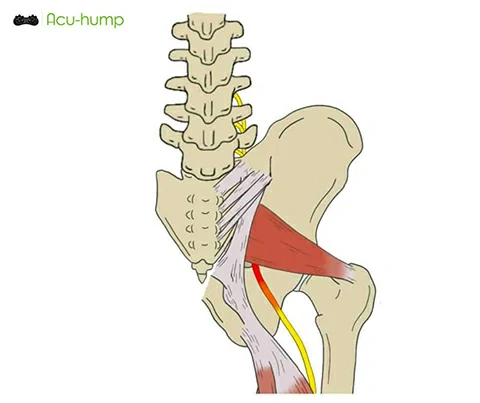
Factors Affecting Recovery Time
The recovery time for piriformis syndrome can vary based on several factors. The severity of the condition plays a significant role, as mild cases may resolve more quickly with appropriate treatment. An individual’s overall health and fitness level can also impact the recovery process. Poor general health or lower fitness levels may prolong the recovery period. Compliance with the prescribed treatment and rehabilitation plan is crucial for success. Lastly, underlying conditions or complications, such as herniated discs or spinal stenosis, may influence the recovery time. Additional treatment options might be necessary.
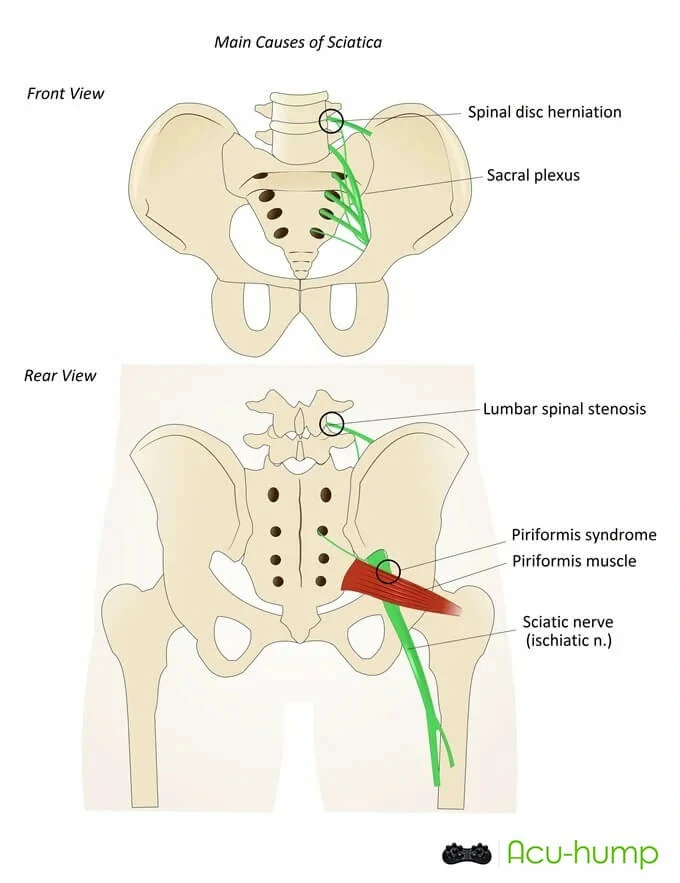
Treatment Options
Multiple treatment options exist for piriformis syndrome, aiming to relieve pain, reduce inflammation, and restore function. Physical therapy plays a vital role in encouraging healing and strengthening the affected muscles.
A tailored exercise program can help stretch and strengthen the piriformis muscle while addressing any contributing imbalances or weaknesses.
Non-surgical techniques, such as the Piriformis Counterstrain technique and deep tissue massage, can provide targeted relief. They can promote healing piriformis quickly.
Medications and pain management strategies may be recommended by healthcare professionals to manage pain and reduce inflammation. In more severe or persistent cases, invasive options like steroid injections or surgery may be considered.
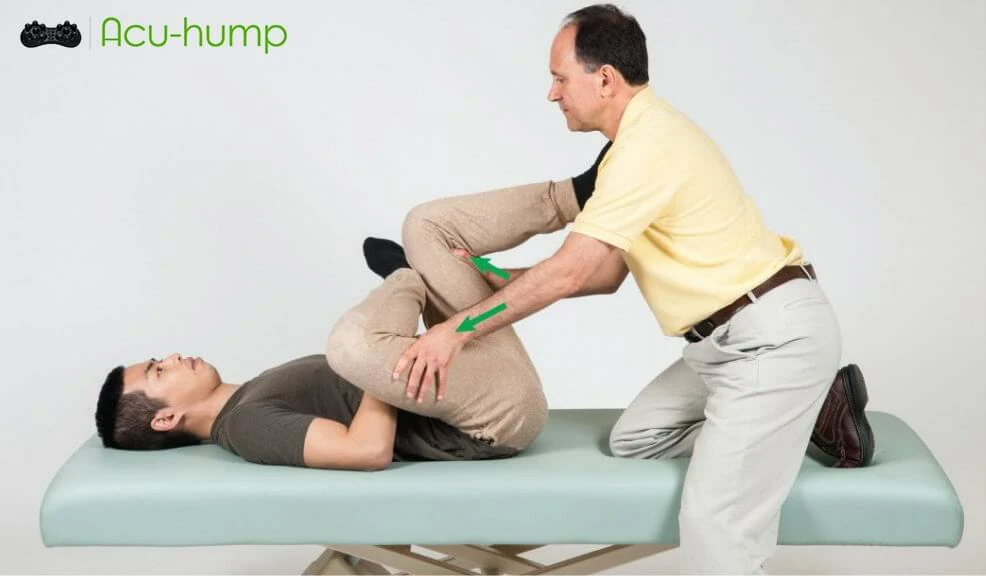
Expected Recovery Time
The recovery time for piriformis syndrome varies among individuals. Some may experience significant pain relief within a few weeks of initiating treatment. Others may require several months of consistent rehabilitation and management.
It is important to remain patient and diligent throughout the recovery process, as gradual improvement is common. Working closely with a healthcare provider can provide a more accurate estimation of the expected recovery time based on individual circumstances.
Tips for Enhancing Recovery
To enhance the recovery process for piriformis syndrome, it is essential to follow these tips:
– Adhere strictly to the recommended treatment plan provided by healthcare professionals.
– Stretching with the Acu-hump
Deep massage with the Acu-hump
It is not only effective in stretching the piriformis muscle but also has the added benefit of providing a deep massage to the area. This deep pressure can help improve blood circulation to the piriformis, promoting the delivery of oxygen and nutrients to the muscle and aiding in its recovery.
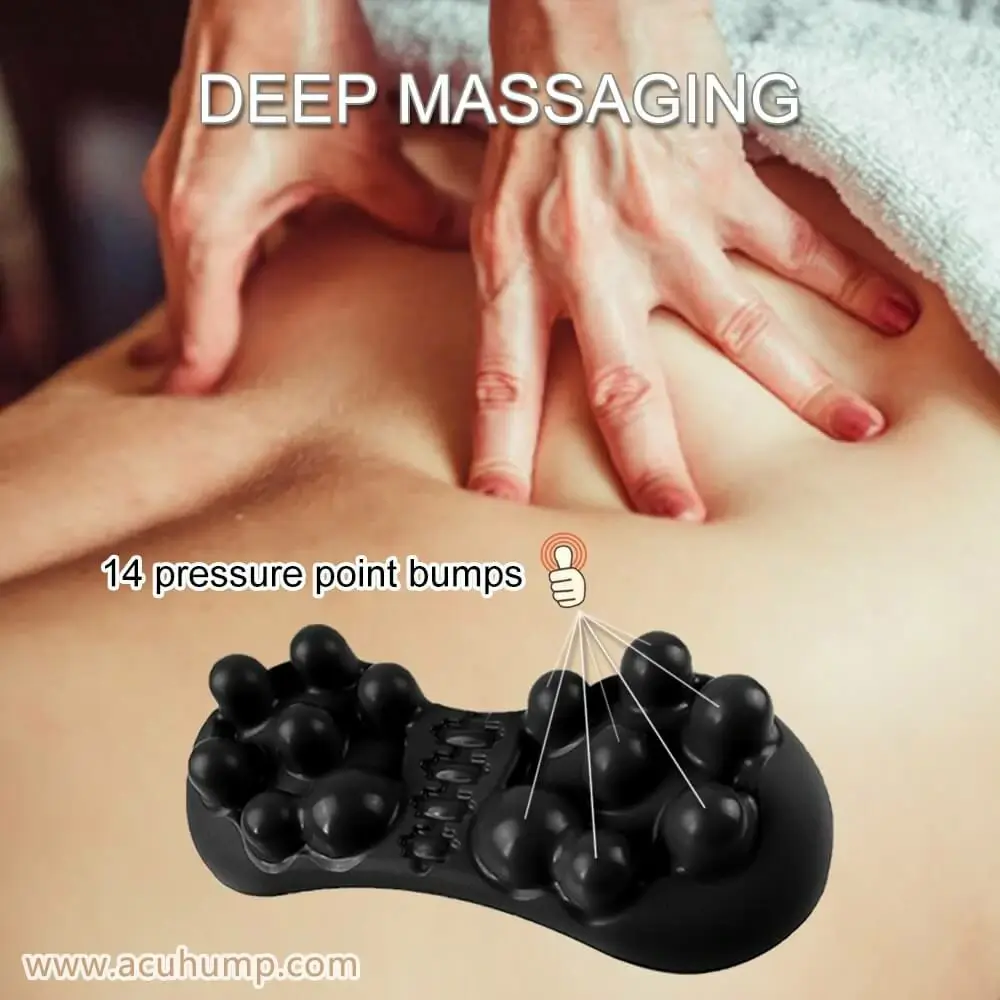
Improve blood circulation
In addition to improving blood circulation, the Acu-hump stretch can also help improve the flexibility and range of motion of the piriformis muscle. By applying gentle pressure during the stretch, individuals can gradually work towards a deeper stretch, allowing the muscle fibers to elongate and release tension. This can improve the muscle’s flexibility, leading to improved movement and reduced strain on the muscle.
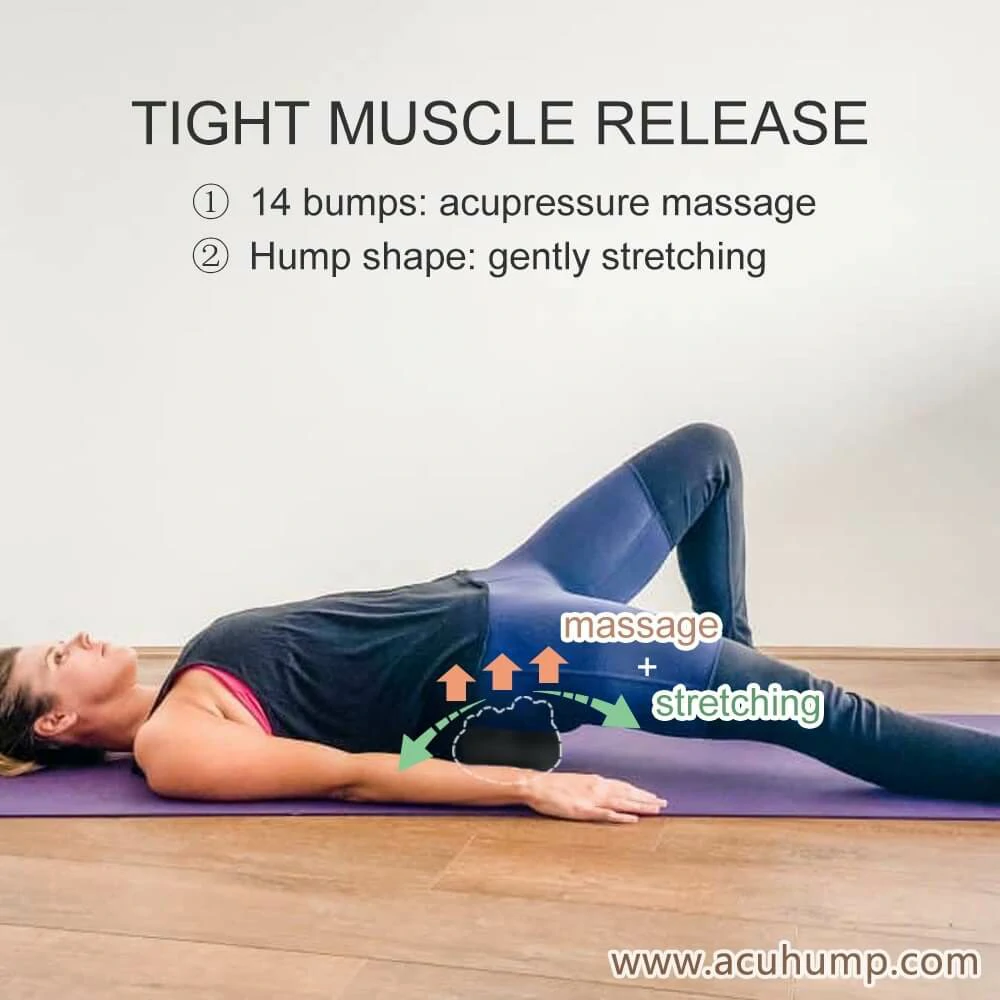
Get both benefits at the same time
Furthermore, by incorporating the Acu-hump stretch into daily routines, individuals can also experience the relaxation benefits associated with deep pressure massage. The stretching and pulling actions performed during the Acu-hump stretch can stimulate the release of endorphins, which are natural pain relievers and mood enhancers. This can help reduce pain and tension in the piriformis muscle, promoting a sense of relaxation and overall well-being.
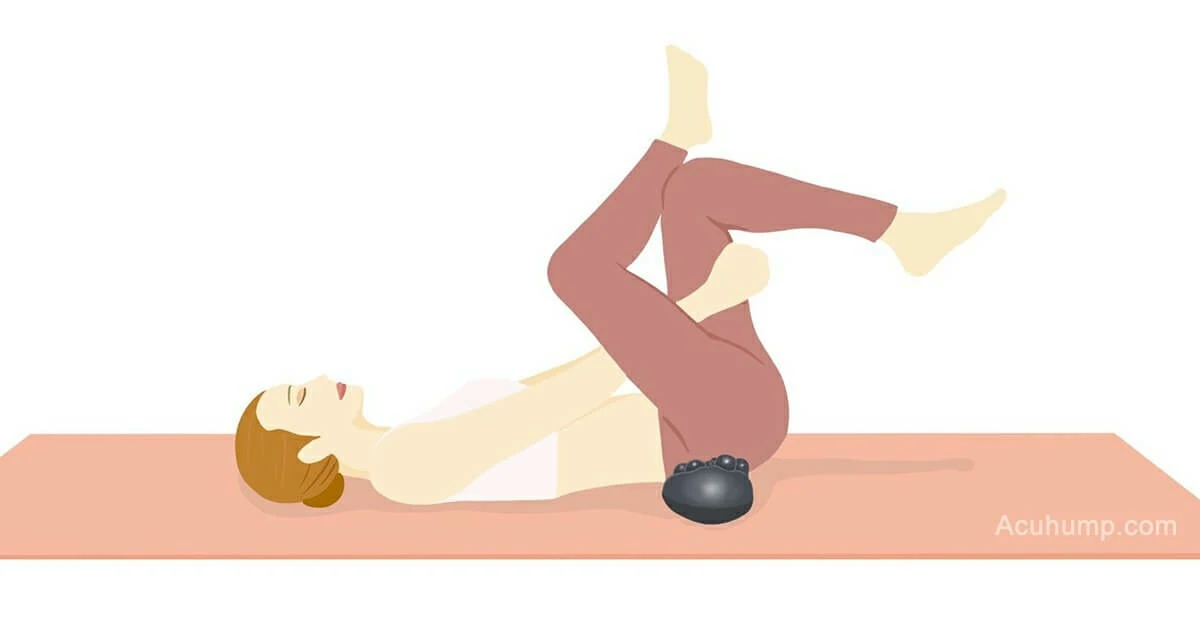
Acu-hump: Full refund policy. No risk for you.
When performing the Acu-hump stretching the glutes and piriformis muscles, it is important to listen to your body and adjust the intensity of the stretch as needed. If you experience pain or discomfort, it is advisable to consult with a healthcare professional or physical therapist for guidance on proper technique and modifications.

– Maintain proper posture and ergonomics while sitting and engaging in physical activities to prevent further strain on the piriformis muscle.
– Adopt a healthy lifestyle, including regular exercise, a balanced diet, and adequate rest, to support overall muscle health and expedite recovery.
– Avoid exacerbating activities or movements that may aggravate the condition, such as prolonged sitting, heavy lifting, or high-impact exercises.
Acu-hump® Release the Hip & Butt
Understanding the recovery time for piriformis syndrome is essential in managing expectations and finding effective treatment strategies. With appropriate care, patience, and consistency, individuals can experience relief and regain their mobility. Seeking professional guidance and support throughout the recovery journey is crucial for ensuring personalized care and optimum outcomes. Remember, each person’s recovery timeline may vary, so focus on following the prescribed treatment plan diligently, allowing the body sufficient time to heal and restore function.
